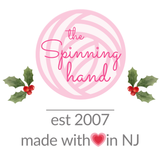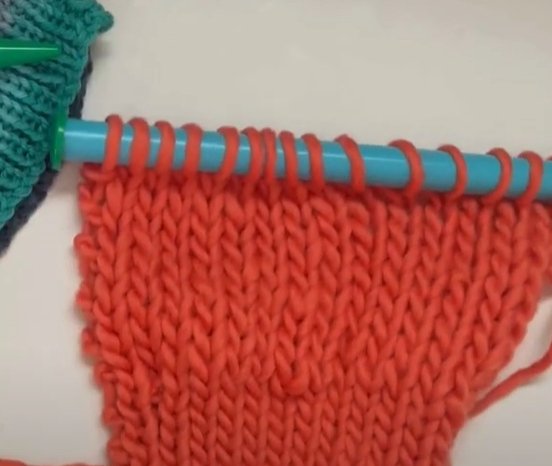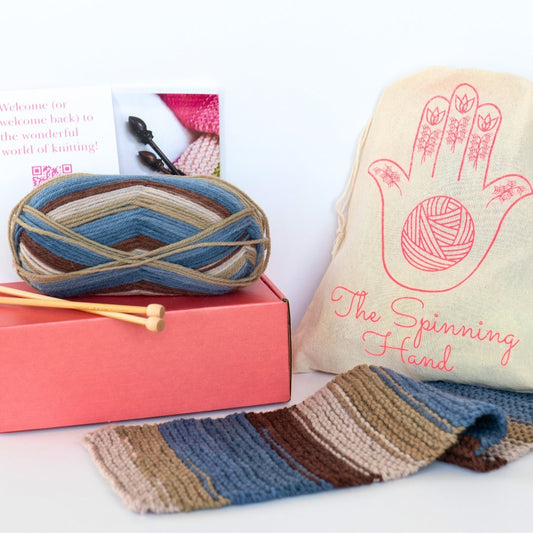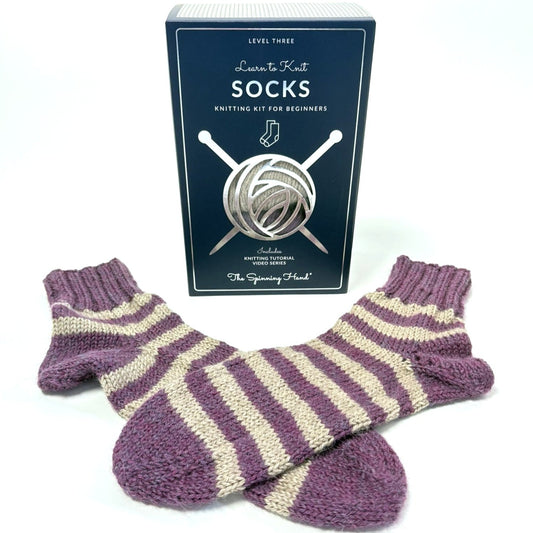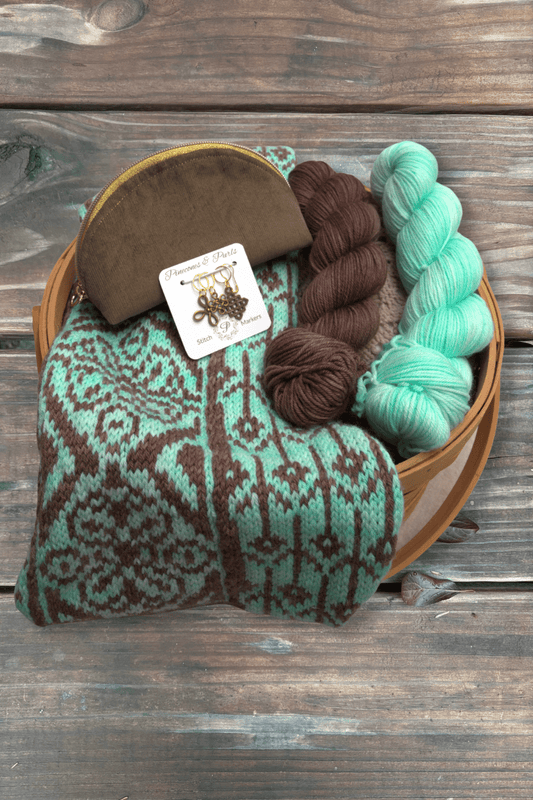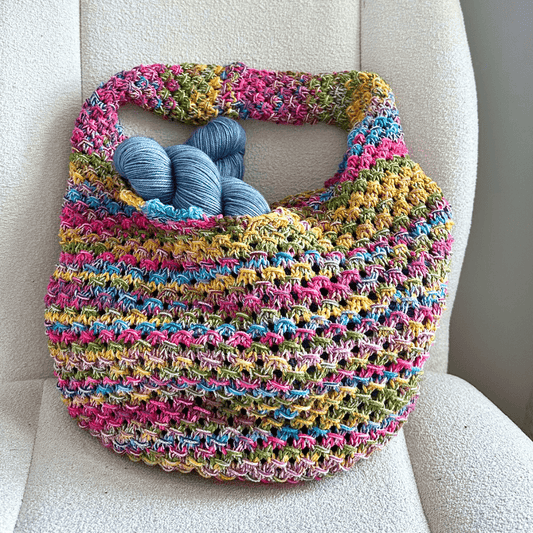Knitting a gauge swatch might seem like an extra (annoying) step, but the more you gain experience in knitting, the more you'll treasure the information a gauge swatch provides!
Many patterns contain that reassuring line, "Gauge is not critical for this project." In fact, some of us stay comfortably within the terrain of projects that are blithely independent of gauge constraints.
Eventually, though, you'll want to knit something that fits you beautifully.
A gauge swatch is especially important when you're working with bulky yarns (as in the 12-Day Sweater Challenge.)
Let's say you've chosen the yarn, but you haven't chosen the needles yet.
In this video, you can see that the size of the fabric doubles between knitting with US size 11 (8 mm) needles and size 19 (15 mm) needles.
The tension is visibly different even between US size 17 and 19 -- and that's only a difference of 3 mm!
Traditional gauge swatches are square and use one needle size. Why not try a variable swatch as the one shown in the video?
You might find you actually love the way the fabric looks with a different size needle that you'd originally chosen -- or that the yarn manufacturer (or even pattern designer!) suggests.

My son Andrew, circa 2005.
A gauge swatch helps you minimize the risks. #dangerousknitting
Knitting is full of variables (some would say "surprises" and others, "design features.")
Make your gauge swatch as detailed as possible to help you minimize the variables involved in the pattern:
- Make it big -- if the project is 36" wide, aim for a swatch that is 8-9" wide.
- If 33% or more of the pattern is devoted to a certain stitch, be sure to include that stitch in your swatch.
- Unfamiliar or new stitches in this pattern? Work them out in your swatch. (If you hate knitting bobbles in a 4-inch square, you'll definitely be frogging that sweater with an allover bobble pattern.)
- If you're going to wash and block your finished project... then you really gotta wash and block your gauge swatch too.
I have my gauge. Now what?
Let's say your gauge matches the pattern gauge perfectly. Huzzah! Thank the knitting goddesses for this. Then you can merrily follow the pattern as written.
For the rest of us, you may have some adjustments to make. Here are a few options:
- Move up or down a needle size (or several) and, gulp, make a new gauge swatch. (If you've knitted a variable swatch, you have a much higher chance of getting gauge already!)
- If the pattern has multiple sizes, move up or down a size depending on whether your gauge is too tight or too loose. For example, if you are a size XL but you're also a loose knitter (like me) you might follow the instructions for size L.
- If the stitch count per inch is accurate, but the row count per inch is off, you can rely on the pattern measurements and adjust the rows accordingly. There are some exceptions, of course, but use your best judgement.

Model: Brianna K.
Once you have your gauge, write it down all over the pattern.
If you put down a project for weeks (or, ahem, years) and come back to it, you'll want to do another gauge swatch 😭 and compare it to your original gauge. Ask me how I know. :)
